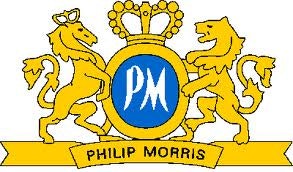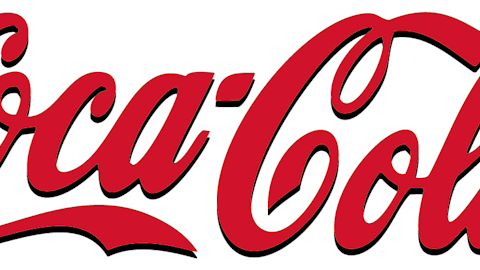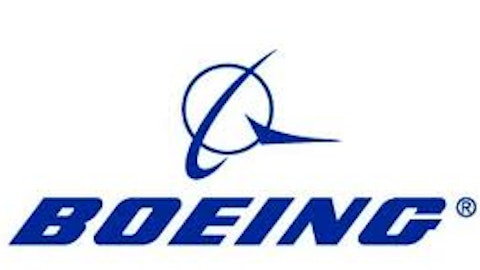There is no doubt that the U.S. dollar is getting stronger. During the week ending March 5, the CFTC reported that net dollar longs reached a seven-month high of $23.57 billion, the largest value since July 17, 2012. This net long position was significantly above the net long position of $14.39 billion reported the previous week.
In addition, the DXY (the index measuring the U.S. dollar against a basket of currencies) has been in a rising channel since the beginning of 2011 and is on track to surpass its two year high sometime this year.

How does this affect companies?
So how does the strong dollar affect earnings?
Throughout 2012, the U.S. dollar was strong as the euro crisis drove investors into safe haven assets such as U.S. government securities. In addition, investors were looking for safety in currency as the euro was effectively devalued and it looked like the financial system in Europe was going to collapse.
According to the DXY index, the dollar was almost 10% stronger in 2012 than in 2011, so how did this affect earnings?

Philip Morris International Inc. (NYSE:PM)
| Revenue | 2012 | 2011 | Change Including Currency Translation | Change Excluding Currency Translation |
|---|---|---|---|---|
| EU | $8,526 | $9,212 | -7.40% | 0.30% |
| EEMA | $8,332 | $7,881 | 5.70% | 11.60% |
| Asia | $11,198 | $10,705 | 4.60% | 5.70% |
| Latin America and Canada | $3,321 | $3,299 | 0.70% | 6.60% |
| Total | $31,377 | $31,097 | 0.90% | 5.70% |
Figures in millions
Philip Morris International Inc. (NYSE:PM) has no revenue from inside the U.S., so it has been hit the hardest by a strong dollar. As shown above, the weakness in the euro during 2012 forced the company’s European revenue to contract 7.4%.
Without the weak euro, revenues would have grown 0.3%. Furthermore, revenues in Asia took a hit, growing only 5.7% after the effect of the strong dollar. Excluding the latter, revenues would have grown 11.6%. Overall, the strong dollar removed 4.8% of Philip Morris International Inc. (NYSE:PM)’ organic revenue growth and $0.23 from Philip Morris International Inc. (NYSE:PM)’ 2012 EPS.
A continuation of dollar strength is going to hit Philip Morris International Inc. (NYSE:PM) hard, ruling out almost all of its potential revenue growth.
McDonald’s Corporation (NYSE:MCD)
| 2012 | 2011 | Change Including Currency Translation | Change Excluding Currency Translation | |
|---|---|---|---|---|
| Revenues | $27,567 | $27,006 | 2% | 5% |
| Operating income | $8,604 | $8,529 | 1% | 4% |
| Net income | $5,464 | $5,503 | -1% | 3% |
| Earnings per share – diluted | $5.36 | $5.27 | 2% | 5% |
Figures in millions
McDonald’s Corporation (NYSE:MCD) did suffer from the strong U.S. dollar but not to the same extent that Philip Morris International Inc. (NYSE:PM) did. Excluding currency translation, revenues were up 5% for 2012. However, after the inclusion of the currency translation, revenues only gained 2%.
Unfortunately, although net income rose 3% year over year excluding the effects of currency, McDonald’s Corporation (NYSE:MCD) net income actually fell after translation into U.S. dollar. The strong dollar wiped 4% from McDonald’s Corporation (NYSE:MCD) net income growth for 2012.
All in all, foreign currency translation had a negative impact of $0.01 and $0.17, respectively, on McDonald’s Corporation (NYSE:MCD) diluted earnings per share for the quarter and year ended Dec. 31, 2012.
If the dollar’s strength continues, then I believe McDonald’s Corporation (NYSE:MCD) could see its net income continue to decline.
Kellogg Company (NYSE:K)
| North America | Europe | Latin America | Asia Pacific | |
|---|---|---|---|---|
| 2012 Sales | $9,629 | $2,527 | $1,121 | $1,010 |
| 2011 Sales | $8,873 | $2,334 | $1,049 | $942 |
| FX Impact | – | -4.50% | -4.10% | -2.80% |
| Total Change | 8.50% | 8.30% | 6.80% | 7.30% |
Figures in millions. Total change includes the effects of acquisitions, disposals, and one-off items.
Like Philip Morris and McDonald’s, Kellogg Company (NYSE:K) has been hit hard by the rising dollar. Surprisingly, unlike the majority of companies operating within Europe, Kellogg Company (NYSE:K) European revenues grew 8.6% during 2012. Including the effects of one-off items, Kellogg Company (NYSE:K) European revenues grew by 12.7%. However, the weak euro removed 4.5% of this growth.
A similar situation is seen in Latin America, where the strong dollar removed 4.1% of Kellogg Company (NYSE:K) revenue growth. That said, the company did not suffer as much in Asia-Pacific, where the strong dollar only annulled 2.8% of growth.
Overall
So, overall, these three companies are all being strangled by the strong U.S. dollar. Indeed, in all three cases, the strong dollar is ruling out most of their revenue growth.
That said, it is not just the dollar that is causing these effects — the weak euro is causing chaos as well.
All in all, weak currencies around the world are damaging company revenues not just for these companies but for companies throughout the S&P 500. With the dollar continuing to strengthen, it could be time to reconsider investment strategies and look for companies with no international exposure and the resulting currency risks.
The article The Effects of a Strong Dollar originally appeared on Fool.com.
Fool contributor Rupert Hargreaves has no position in any stocks mentioned. The Motley Fool recommends and owns shares of McDonald’s. It also owns shares of Philip Morris.
Copyright © 1995 – 2013 The Motley Fool, LLC. All rights reserved. The Motley Fool has a disclosure policy.




